
Laminaria setchellii
Southern Stiff-stiped Kelp
27 May 2021
Fishboat Bay, Juan de Fuca Strait.
Tide: -0.7 ft tide at 10:18am PDT (measured at Sheringham Point Tidal Station)
Conditions: Calm winds, overcast, some precipitation, 11˚C.
Phase of Moon: Waning Gibbous (approx. 30 hours into this phase at time of collection); (Previous Phase, Full Moon, 26 May 2021 at 4:13am PDT: Next Phase, Third Quarter, 2 June 2021 at 12:24am PDT.)
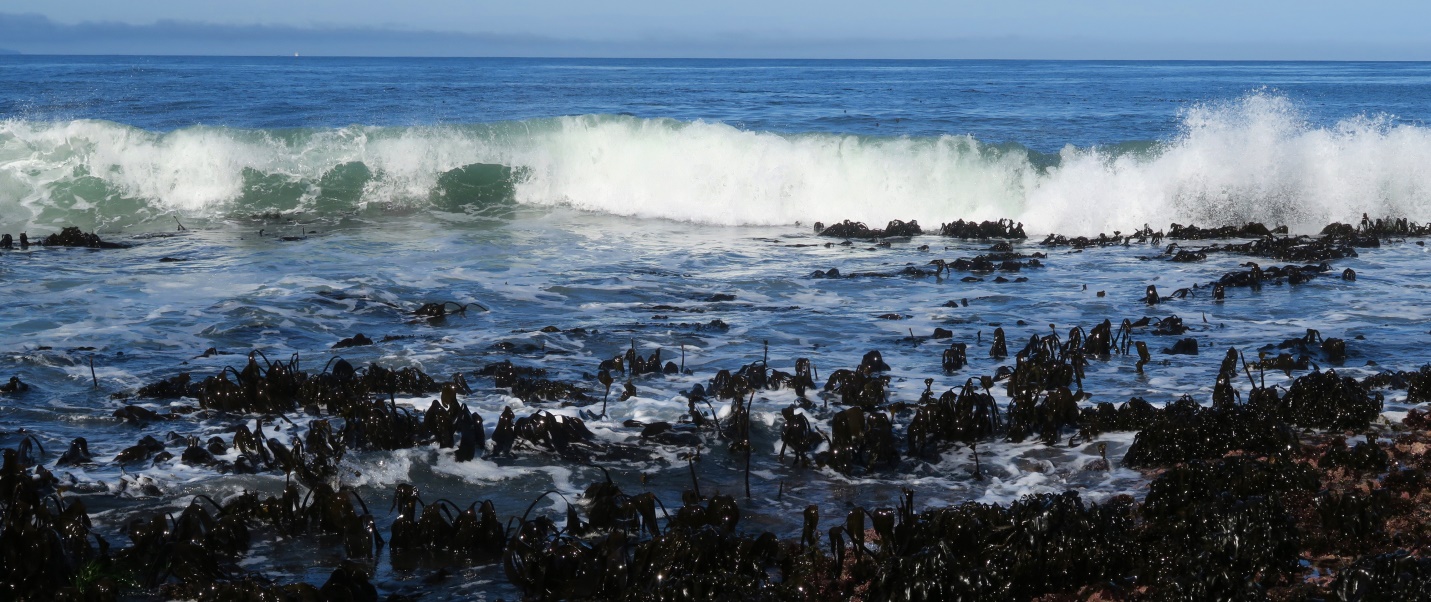
Figure 1: The ideal habitat for this seaweed is surf swept exposed coastlines – this picture shows the preference clearly. Botany Bay, Juan de Fuca Strait, B.C., Canada. May 29, 2021. Photo ID 27540 ©Seaweedwhisperings.com
Person 1:
Tough, but sad.
Bent over – ashamed.
Split blades – fragmented personality.
Solace in numbers, in the group.
Strongly attached to rocks; doesn’t give up its point of view and values.
Won’t admit its failings, weakness.
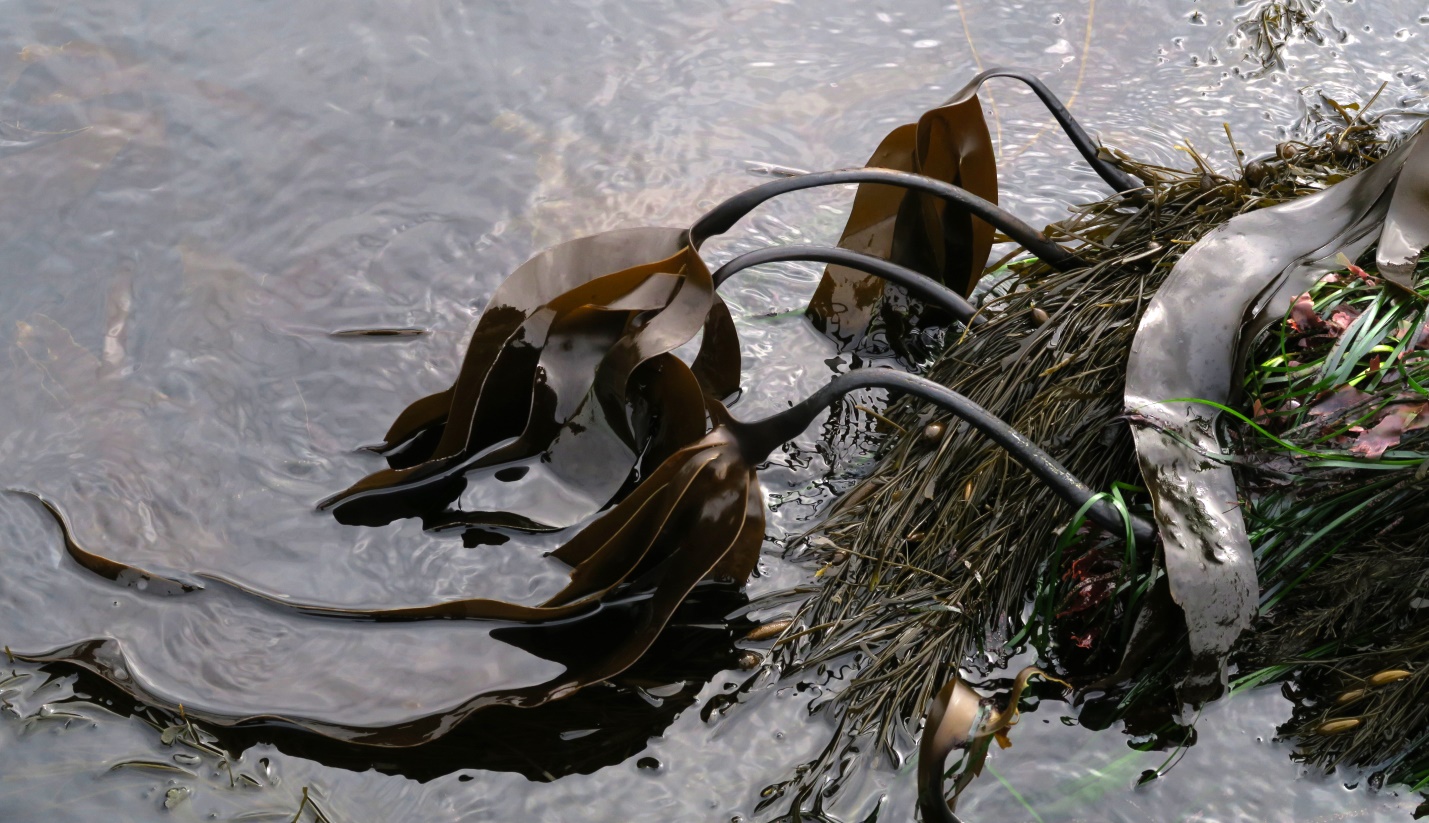
Figure 2: You will not encounter Laminaria setchellii growing alone – this set of four are part of a much larger colony. Focusing in here the blade action and strong but flexible stipe are evident. Fishboat Bay, Juan de Fuca Strait, B.C., Canada. June 8, 2020. Photo ID 27541 ©Seaweedwhisperings.com
Person 2:
Low tide and your single stipe is exposed and bends over in graceful arches – your blades move and tickle each other as they are at interplay with the ocean swell.
Humble?
Or bent over with a burden?
Or…, flexible and moving as your environment moves you.
Rich caramel brown to deep chocolate brown – I admire your browns very much, Laminaria setchellii.
Arches after arches after arches.
Grows in groupings.
Innately seductive (innocent / unaware), tempting.
But too far away to reach, unreachable somehow.
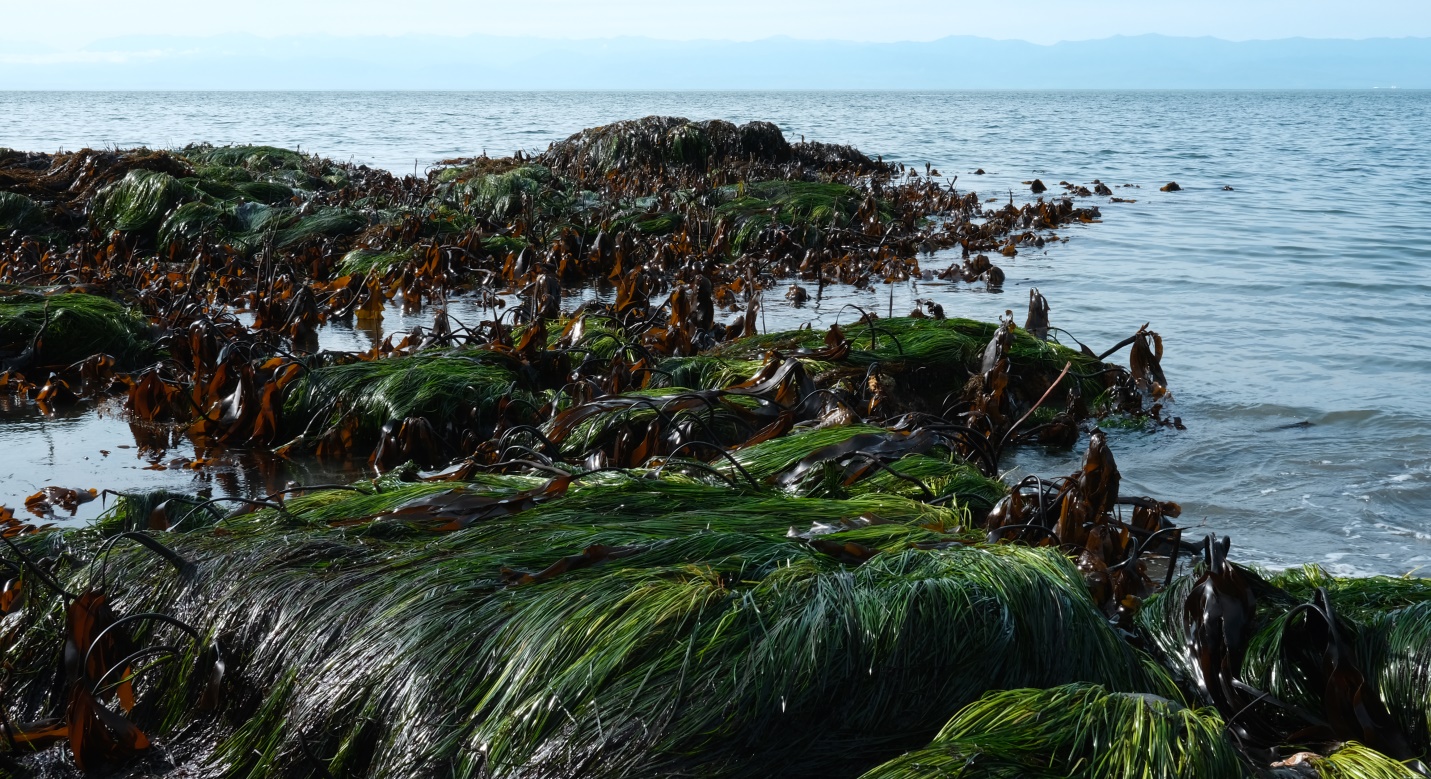
Figure 3: It is only at a very low tide that you will see the drooping brown blades of this seaweed; they are very attractive and have a look reminiscent of the large and floppy ears of a blood hound or basset hound. Fishboat Bay, Juan de Fuca Strait, B.C., Canada. June 15, 2022. Photo ID 27542 ©Seaweedwhisperings.com
Discussion:
This kelp grows in areas of high surf action. Its stiff stipe is also flexible. This is key – as Laminaria setchellii will always find its best strength in being flexible.
The expression “hangdog”..., this came to mind when observing this seaweed exposed at low tide.
“Hangdog” has a couple of meanings and one is having a guilty appearance, shamefaced. It also can mean sad and dejected. Somewhere within this seaweed’s being there is some timidity and indeed sensitivity to criticism, and with that some degree of shame could enter in. But, it is the second meaning that touches closest to what we sensed with the seaweed on the day of our Whispering. Perhaps it is simply sad about the lack of seawater it is temporarily enduring at low tide. Or, is the sadness deeper..., held inside and not revealed.
The deep splits in the blade look as if they almost “cut to the quick”, but ALMOST is the key word here; this perennial kelp endures. It stands strongly in high surf and thrives. Criticism or being pressured by others more outwardly forceful may be something they do encounter, but it does not deter them from their course. They do not seek shelter from the elements but they do shelter their inner convictions and hold to them in an understated manner.
With its drooping blades, the inner strength and resilience they possess can be disguised or covered up. One could think of a sad-looking hound dog and miss the canine strengths within. Laminaria setchellii does not advertise its character and inner nature; it knows for itself, and that is usually quite sufficient.
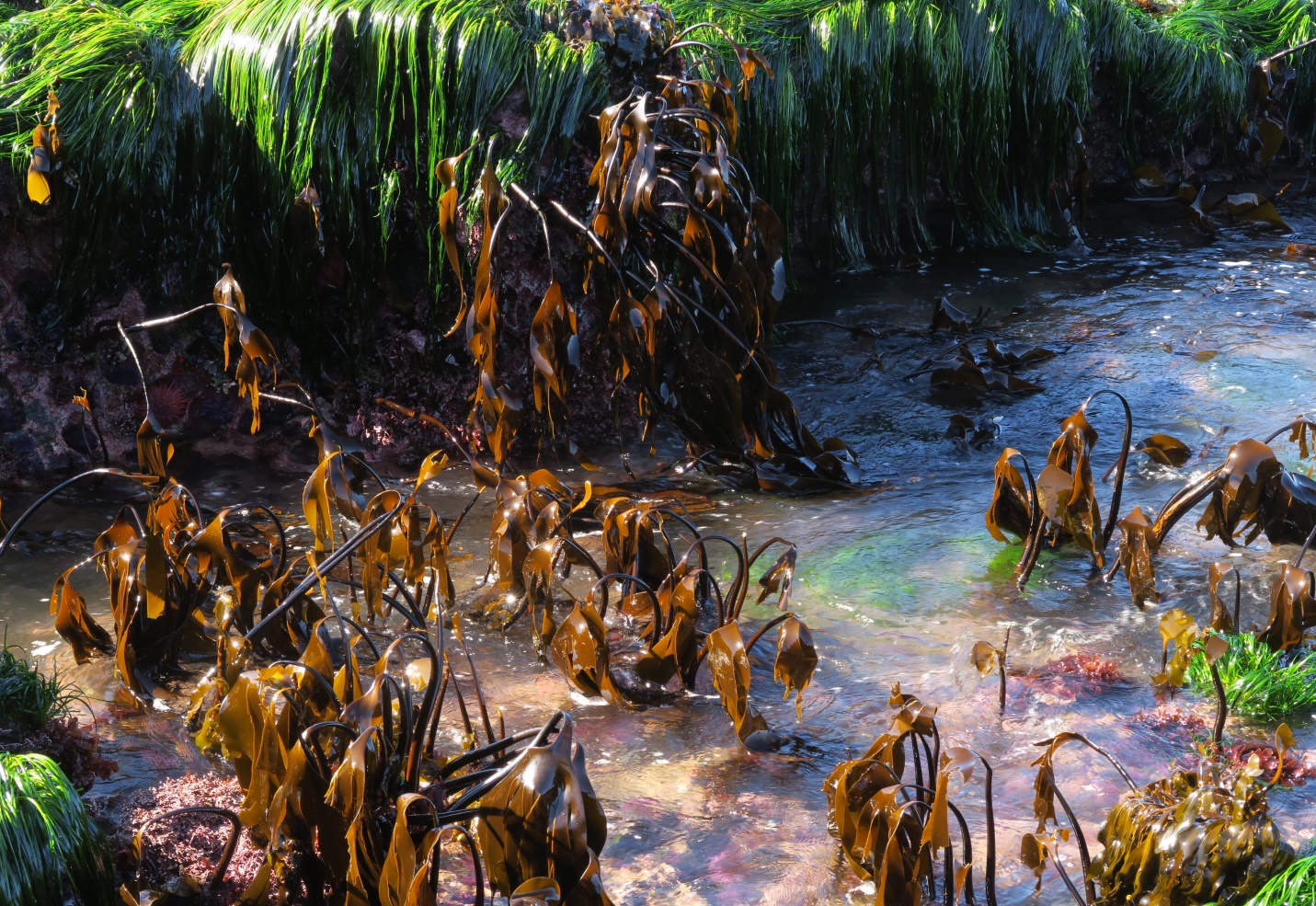
Figure 4: An look at an unusually ‘idle’ group of Southern Stiff-stiped Kelp; the surf will return soon enough after this super low spring tide and with it the Laminaria setchellii will gladly resume their dynamic relationship with it. Botany Bay, Juan de Fuca Strait, B.C., Canada. May 29, 2021. Photo ID 27543 ©Seaweedwhisperings.com
Biology & Natural History Information:
Description:
Thallus is medium to dark brown with a branched fold fast (haptera), a rigid but flexible erect stipe up to 80 cm long, and a thick blade up to another 80 cm long and 25 to 30 cm wide. The smooth blade is deeply split almost to the base, forming nearly uniform segments; it droops when exposed at low tide giving groupings of this kelp an unmistakable look. The stipe has microscopic mucilage ducts deep in the tissue.
Habitat:
This perennial is found on rock in the extreme low intertidal and upper subtidal; it prefers exposed habitats.
Distribution:
Kenai Peninsula, Alaska, to Baja California, Mexico.
Remarks:
The stiff stipe of this kelp makes the seaweed stand erect in exposed surf-swept coastlines and it often grows in large enough concentrations that it is credited with forming underwater “forests”.
The stipe is a darker brown color and the blades a lighter caramel brown – this is due to the deciduous nature of the fronds. The blades will die back and the kelp will regenerate the following season from the meristem – the apex of the older, darker colored stipe.
This kelp is often misidentified as Laminaria dentigera; the range of L. dentigera is limited to Alaska and northern British Columbia.
Classification:
Phylum: Ochrophyta
Class: Phaeophyceae
Order: Laminariales
Family: Laminariaceae
Genus: Laminaria
Species: Laminaria setchellii P.C. Silva 1957
Former name(s): Laminaria andersonii (Areschoug) Farlow 1891; Hafgygia andersonii Areschoug 1883.
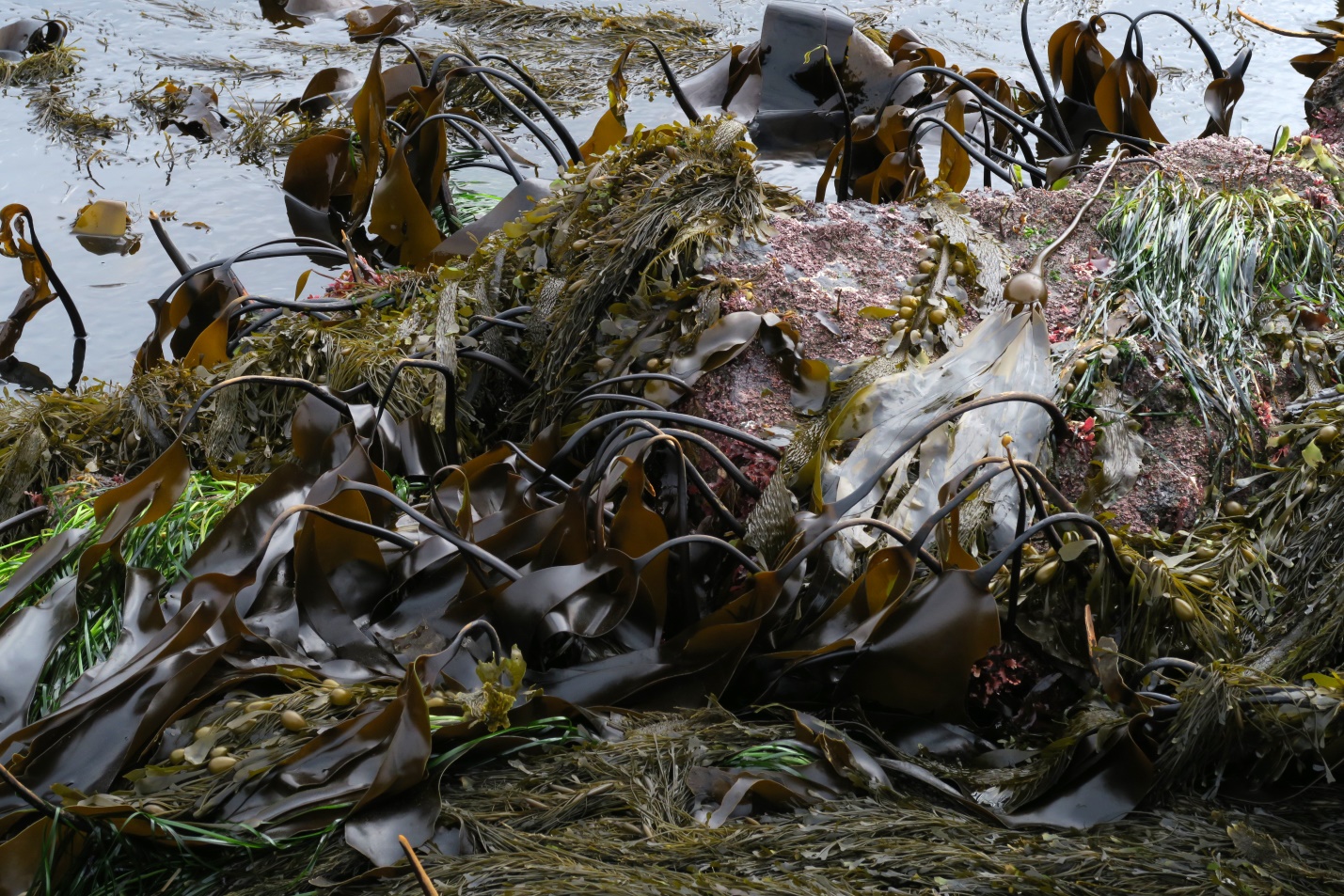
Figure 5: Most of the Laminaria setchellii pictured here are intact – holdfast and stipe complete with large leafy fronds. But if you look closely you will find a few stipes that look ‘decapitated’ – these will not perish, but sprout newly the following season. Fishboat Bay, Juan de Fuca Strait, B.C., Canada. June 8, 2020. Photo ID 27544 ©Seaweedwhisperings.com
![]()